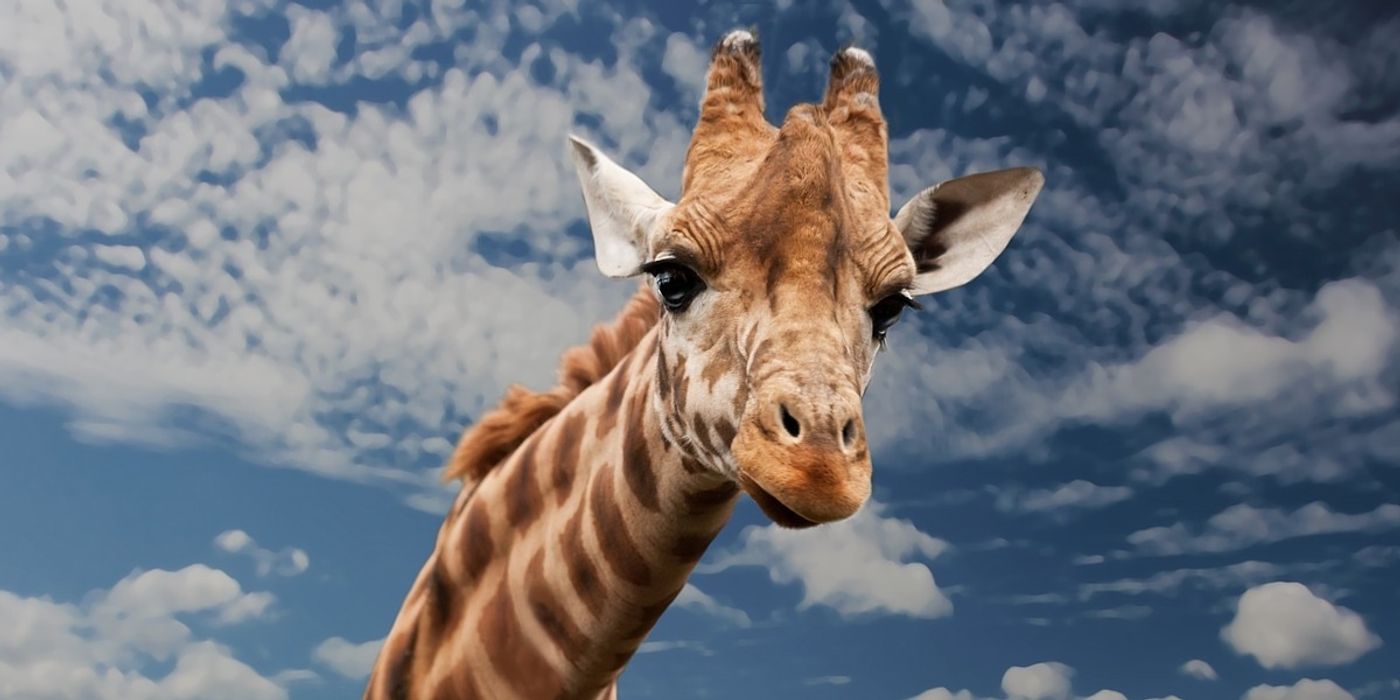Will the Giraffe Get Protections Under the Endangered Species Act?
Giraffes (Giraffa camelopardalis) are perhaps one of the world’s most easily-recognized animals. With their incredibly long necks and signature fur patterns, even young children with little or no expertise in animal science know when to point their finger at a public zoo and go, ‘Look, mom! It’s a giraffe!’ Sadly, we don’t know how much longer that will be the case.
Image Credit: Pixabay
The International Union for Conservation of Nature recognizes giraffes as ‘Vulnerable’ on the organization’s Red List of Threatened Species, and the species’ numbers only continue to plummet. Now, the United States’ Fish and Wildlife Service faces pressure by a petition to list the giraffe as an endangered species under the Endangered Species Act.
According to the U.S. Fish and Wildlife Service’s official response to the matter, an initial review has found “substantial” evidence to suggest that protection under the Endangered Species Act “may be warranted” for the humble giraffe. Ongoing threats to the species are extensive and include land development and poaching, among a subset of others:
“The Service finds that the petition to list the giraffe presented substantial information on potential threats associated with development, agriculture and mining,” The U.S. Fish and Wildlife Service explained in a statement. “Other threats identified by the petition that the Service will seek to verify include commercial trade, recreational hunting, poaching, disease, small populations, and genetic isolation.”
Related: Rare leucistic giraffes have been spotted and filmed in Kenya
Based on the initial allegations brought about by the petition, the U.S. Fish and Wildlife Service can’t issue an emergency listing, but the service can use its power and resources to investigate the situation more deeply and reach a final decision about the giraffe’s conservation status. There’s no telling how long that could take, but if history is anything to go by, then it could be years.
As for what this hopes to accomplish, getting the giraffe listed under the Endangered Species Act would give it additional protections. These protections would mostly prevent living specimens from being imported to the United States and establish additional funding for conservation efforts that attempt to protect the species abroad.
Giraffes are known to roam at least 21 African countries, all of which are currently struggling to keep giraffe populations in check. With a little luck, however, perhaps the U.S. Fish and Wildlife Service will see the situation for what it is and report back with a meaningful finding that will help giraffe populations bounce back to what they once were.
Source: U.S. Fish and Wildlife Service via the New York Times, IUCN









